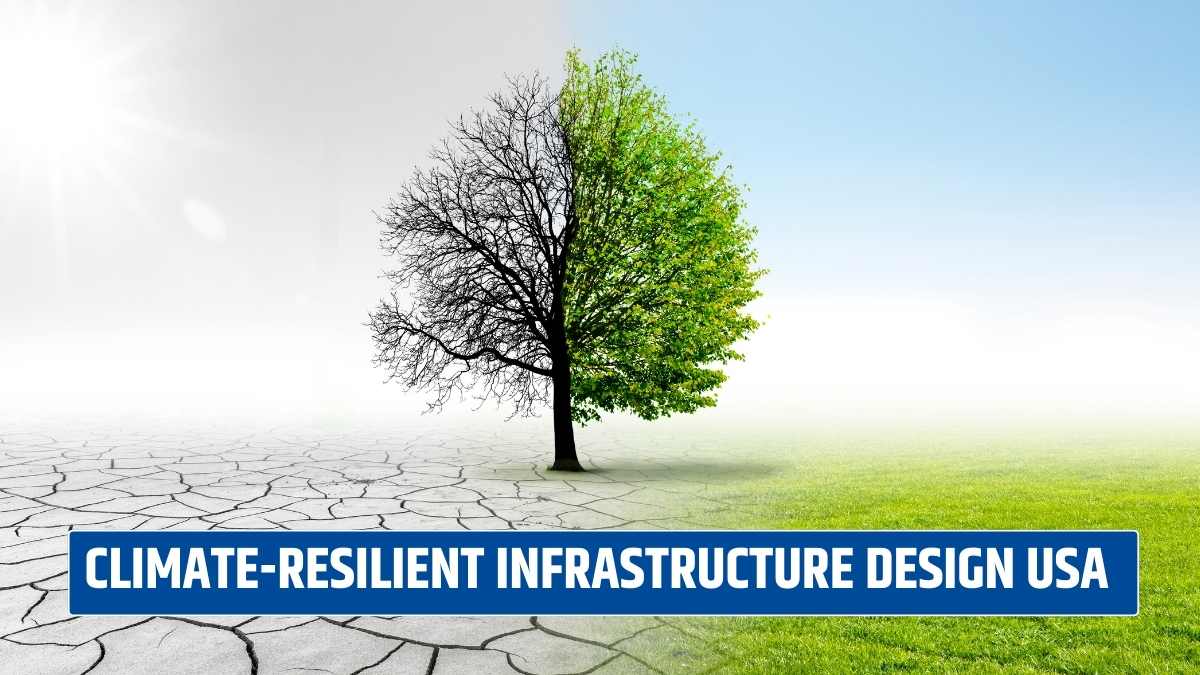The US government has initiated federal grants and programs for the EV Charging Infrastructure deployment across the country. Let’s understand the funding and investment in EV charging grants in the USA.
EV Charging Infrastructure Grants USA 2025
The EV use in the USA has increased, which has led to the requirement for charging stations and charging ports. in the country. The government understands the need and has provided the funding for EV charging in the IIJA and IRA.
The building of the electric vehicle charging network is a government effort to reduce greenhouse gas emissions and mitigate its impact. The government has started the grants under the IIJA and allocated the funding of $7.5 billion.
The Inflation Reduction Act (IRA), signed in 2022, offered a 30% tax credit for new EV charging stations, promoting their installation. Under the BIL, the government offered $2.5 billion in funding for the EV Charging infrastructure for five years.
Major Grants for the EV Charging Infrastructure 2025
The US Department of Transportation administered the EV Charging infrastructure programs and grants under the IIJA 2021 Act.
National Electric Vehicle Infrastructure Formula Grant Program:
- The BIL provides $5 billion through the NEVI program for five years to all US states, Puerto Rica, and the District of Columbia to strengthen the EV Charging Infrastructure.
- The Federal Highway Administration distributes the funds annually based on the formula set for the states for the eligible projects.
- The funds are not approved until the State has submitted to the Joint Office of Energy and Transportation, and FHWA has approved the project.
- The projects eligible under the NEVI program are the charging infrastructure related directly to electric vehicles, which is open to the public or to authorized commercial operators for more than one company.
Charging and Fueling Infrastructure Grant Program
- The CFI program offers funding to publicly accessible EV Charging infrastructure or alternative fueling systems.
- The CFI grants have the following two tracks to support the infrastructure and its development:
- Charging and Alternative Fuel Corridor Grants: The grant will be offered to present the EV charging and propane/ natural gas/ hydrogen fueling infrastructure and the corridor’s development.
- Community Charging and fueling grants: The grant will support the EV charging infrastructure establishment at public places, such as roads, parks, public parking facilities, or others.
- The community charging track of CFI will focus on providing the EV charging infrastructure in rural areas or low-to-moderate income communities.
What’s the current state of the US EV charging infrastructure?
The EV charging infrastructure availability in the US has increased since 2014; however, the number doubled between 2020 and 2023 for both individual users’ charging ports and charging stations. As of January 2025, a total of 75,107 public EV charging stations are in operation across the country, while the total number of individual charging ports is 207,227.
The EV Charging infrastructure is growing rapidly, but it is dense in states like California, New York, Florida, Massachusetts, Texas, and others. The urban cities have the fastest growth of the EV infrastructure as the adoption of EVs increases.
However, the need for EV charging would increase with the adoption, so we need to be prepared. Approximately $53 billion to $127 billion would be needed for the 28 million EV charging infrastructure to fulfill the demands of the EVs, according to a 2023 research that predicted there will be between 30 and 40 million EVs by the end of 2030.
What difficulties exist with the infrastructure investment for EV charging?
Although the government has introduced the grants and funding options for it, some challenges can affect its development, such as:
- Operational Challenges: Reliability of charging equipment, availability of correct information, and cost are some operational issues that the EV charging infrastructure may encounter.
- Location Issue: The construction of EV charging infrastructure involves a number of steps, including the selection of locations, geographic distribution, and other elements that may make it difficult to distribute the infrastructure evenly.
- Investment required: It would be more expensive to develop EV charging infrastructure; hence, a large investment would be required, which might lead to issues. Both governmental and private help would be required to bridge the investment gap in the EV charging infrastructure.
The EV Charging Infrastructure in the USA is needed with the increasing EV adoption in the country. Hence, the government has started major grants and programs in the BIL and IRA tax credits to support the increasing need.



